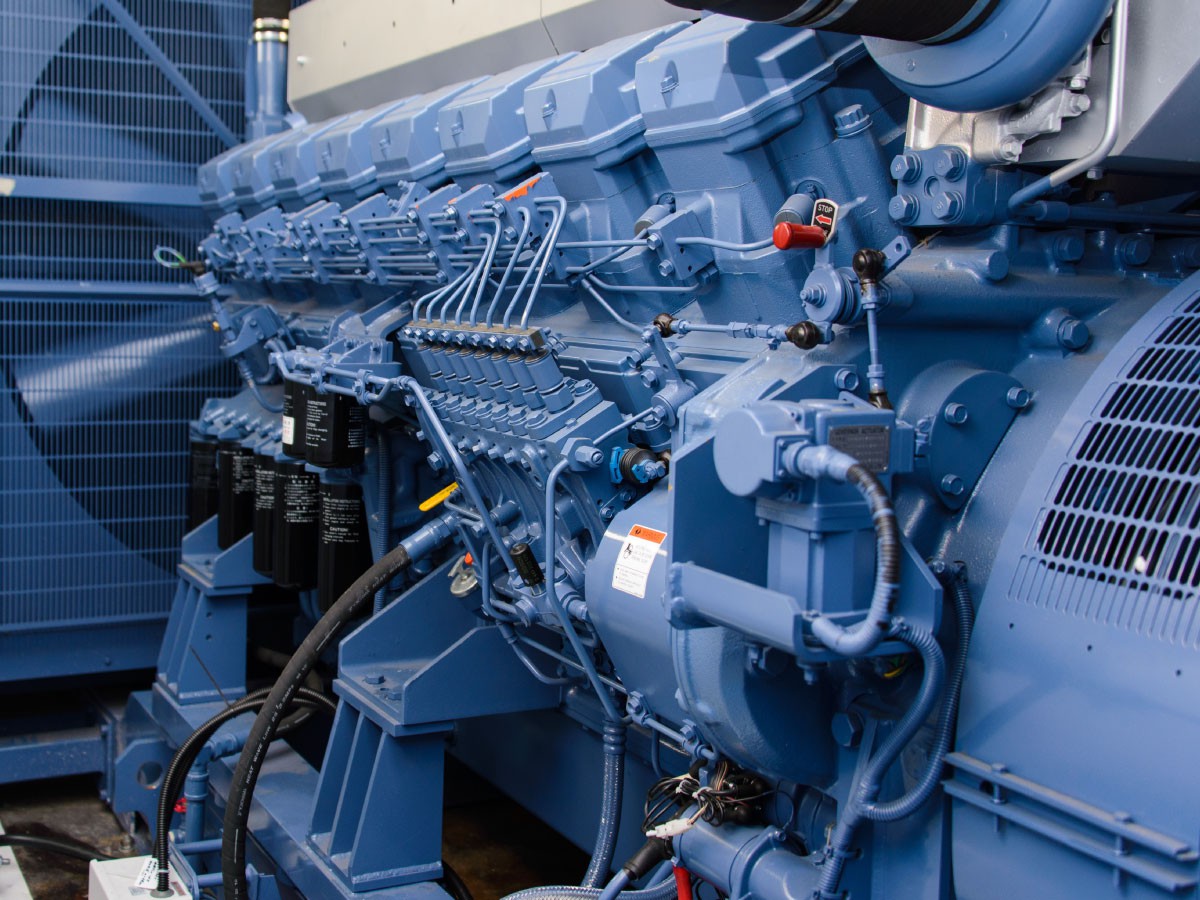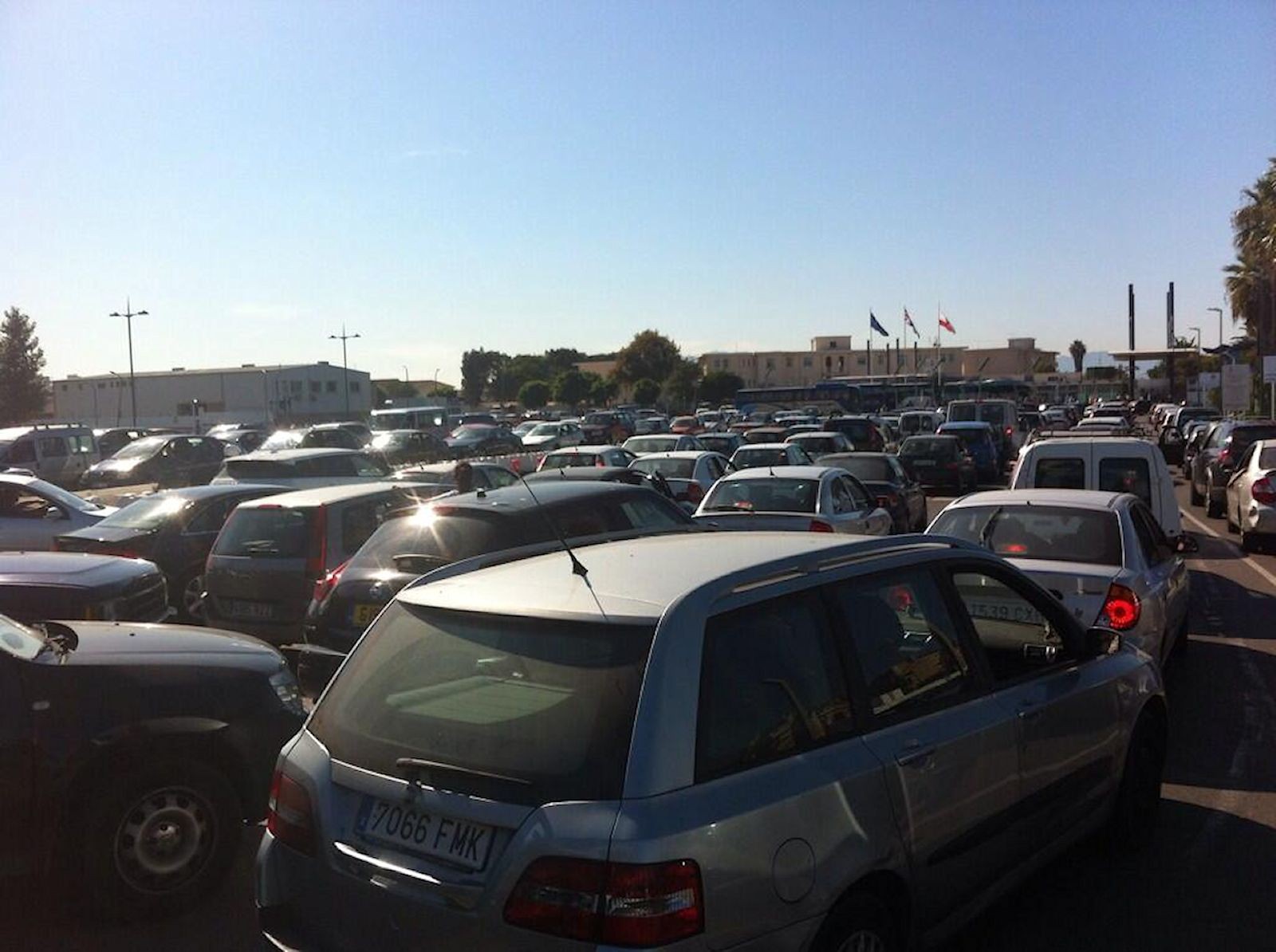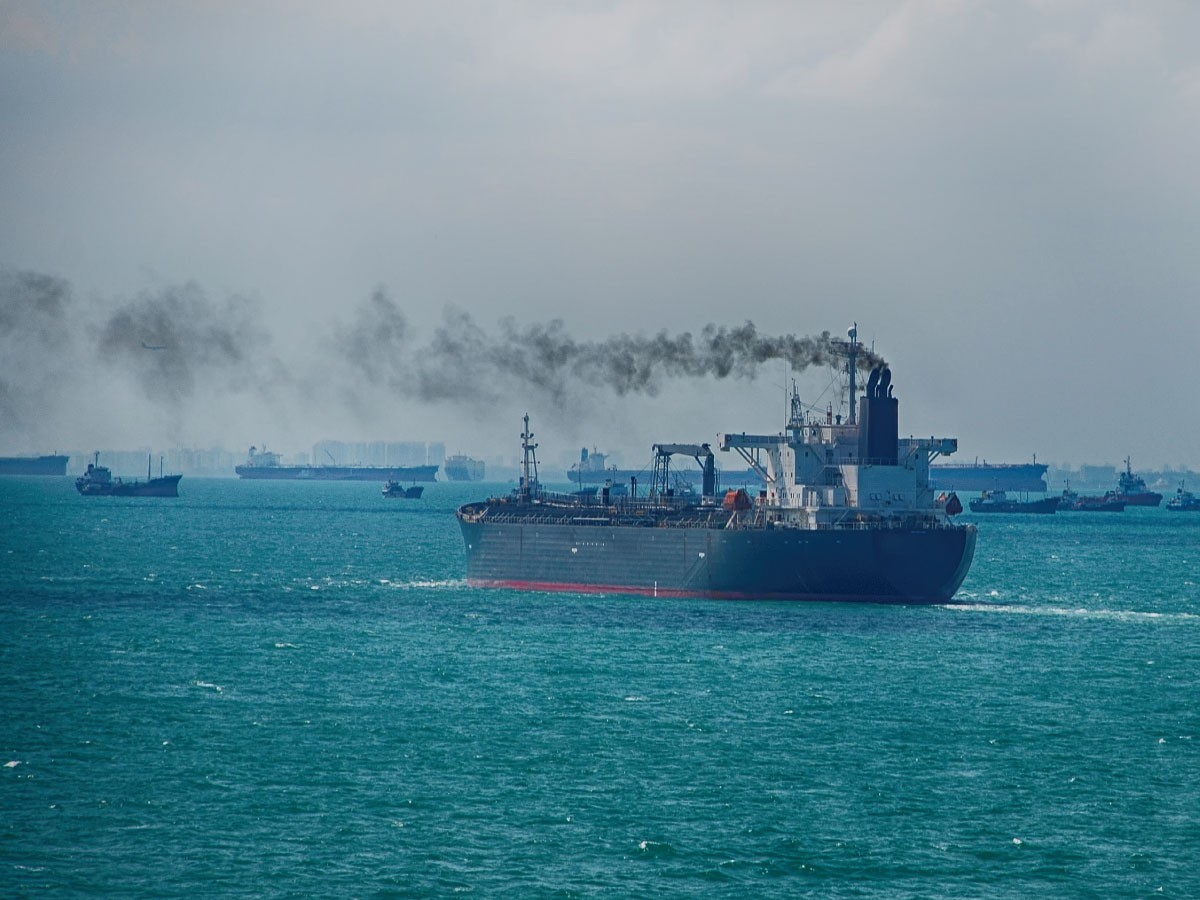What is Air Pollution?
What is Air Pollution?
Air Quality 24 Apr 23
Air pollution refers to the release of pollutants into the air that are detrimental to human health and the planet as a whole.

What are the major air pollutants monitored and regulated in Gibraltar?
Carbon monoxide (CO) is a colourless, odourless, poisonous gas produced by incomplete or inefficient combustion of fuel. It is produced predominantly by the road transport sector, particularly by petrol engines. It prevents the normal transport of oxygen by the blood, which in turn can lead to a significant reduction in the supply of oxygen to the heart, particularly in people suffering from heart disease.
Nitrogen oxides (NOx) is a collective term used to refer to two species of oxides of nitrogen, nitric oxide (NO) and nitrogen dioxide (NO2). NO is mainly derived from road transport emissions and other combustion processes such as electricity supply. NO is not considered to be harmful to health, however, once released into the atmosphere, NO is very rapidly oxidised to NO2 which can be harmful to human health, irritating the lungs and lowering resistance to respiratory infections such as influenza.
Sulphur Dioxide (SO2) is produced when a material, or fuel, containing sulphur is burned. Globally, much of the sulphur dioxide in the atmosphere comes from natural sources, but in Gibraltar the predominant source is the power station and shipping burning fuel oils. Even moderate concentrations of sulphur dioxide may result in a fall in lung function in asthmatics. Tightness in the chest and coughing occur at high levels and lung function of asthmatics may be impaired to the extent that medical assistance is required. Sulphur dioxide pollution is considered more harmful when particulate and other pollution concentrations are high.
Benzene is a volatile organic compound which is a minor constituent of petrol (approximately 1% by volume). The main sources of atmospheric benzene in Europe are the distribution and combustion of petrol. Of these, combustion by petrol vehicles is the single biggest source. Possible chronic health effects include cancer, central nervous system disorders, liver and kidney damage, reproductive disorders and birth defects.
Ozone (O3) is not directly emitted from any man-made source in significant quantities. In the lower atmosphere, O3 is primarily formed by the sunlight-initiated oxidation of volatile organic compounds (VOCs) in the presence of nitrogen oxides (NOx). The sources of VOCs are similar to those described for NOx above, but also include other activities such as solvent use and petrol handling & distribution. The chemical reactions do not take place instantaneously, therefore ozone measured at a particular location may have arisen from VOC and NOx emissions many hundreds or even thousands of miles away. Maximum concentrations generally occur downwind of the source areas of the precursor pollutant emissions. Ozone irritates the airways of the lungs, increasing the symptoms of those suffering from asthma and lung diseases.
The majority of Lead (Pb) emissions arise from vehicles fuelled with leaded petrol. Industry, in particular secondary non-ferrous metal smelters, may contribute to emissions of lead in industrial areas, though none exist within Gibraltar. This source can become increasingly significant due to the reduction in the lead content of leaded petrol and the increasing use of unleaded petrol (leading to significant reductions in urban lead levels). Even small amounts of lead can be harmful, especially to infants and young children. In addition, lead taken in by the mother can interfere with the health of the unborn child. Exposure has also been linked to impaired mental function, visual-motor performance and neurological damage in children, and memory and attention span.
Fine particles are composed of a wide range of materials arising from a variety of sources including:
- combustion sources (mainly road traffic);
- secondary particles, mainly sulphate and nitrate formed by chemical reactions in the atmosphere, and often transported from far across Europe;
- coarse particles, suspended soils and dusts (e.g. from the Sahara), sea salt, biological particles and particles from construction work.
Particles are measured in a number of different size fractions according to their mean aerodynamic diameter. Most of the monitoring requirements are currently focused on PM10, but the finer fractions such as PM2.5 and PM1 are becoming of increasing interest in terms of health effects. Fine particles can be carried deep into the lungs where they can cause inflammation and a worsening of the condition of people with heart and lung diseases. In addition, they may carry surface-absorbed carcinogenic compounds into the lungs.

Power Generation
Gibraltar has historically produced all of its electricity from diesel powered generators. Gibraltar’s electricity network operates in an island mode and the geographical isolation from the extensive infrastructure present in the rest of Europe places particularly difficult challenges on the GEA to provide sustainable and reliable supplies of electricity at an affordable cost. In particular they are required to operate an electricity supply system which is subject to extreme variations of demand, on both daily and seasonal bases. This requires a high degree of flexibility which will be even more necessary as fluctuating input from renewable power sources increases.
The Gibraltar Electricity Authority is the sole electricity operator in Gibraltar. Old power stations in the south district and Waterport will soon be decommissioned as a new gas powered power station is being built at North Mole. Natural gas is a significantly cleaner fuel than diesel and this change, along with the implementation of state of the art technology, will result in a notable reduction in pollutants from this source.
At the same time, H.M. Government of Gibraltar continues to pursue renewable energy solutions for Gibraltar which will hopefully come to displace much of the fossil fuel generation.

Does Gibraltar currently produce any of its energy from renewables?
Gibraltar has yet to develop any large scale renewable energy plants, however, there are a number of small projects which have been installed over the last few years which are proving successful. Solar thermal panels are installed at the Tercentenary Hall and Tangier Views, providing hot water to users. The GASA swimming pool has a combined system of solar thermal, solar PV and heat recovery which has resulted in the installation being a net importer to the electricity network. St. Bernard’s Hospital is the latest development, with solar PV panels having been installed to power a heat pump which in turn provides hot water to the building.
HM Government of Gibraltar also continues to invite developers of innovative technologies to use Gibraltar as a test bed for these. The EcoWave project currently installed at the ammunition jetty on the east side is one such technology.

Shipping
Emissions from ships that dock in Gibraltar usually arise from the use of their own on-board generators.
Shore-side energy (SSE), also known as "cold-ironing", is the provision of shore-side electrical power to a ship at berth while its main and auxiliary engines are shut down. It has the potential to eliminate ship engine emissions in port waters, reducing each pollutant by about 90% and greenhouse gas emissions by 50%, as well as reducing noise, vibration and engine wear-and-tear. Not burning extra fuel while stationary also comes with cost savings, although these vary by engine, vessel and fuel type.
Gibraltar is working to introduce SSE to ships both at the Port and at GibDock.

Road Traffic
Road traffic is acknowledged to be one of Gibraltar’s biggest problems, both in terms of environmental impact and general quality of life. There are currently 34,000 actively registered vehicles in Gibraltar – more than one vehicle per person, when levels of between 0.3 and 0.6 would be expected.
This situation is recognised to be unsustainable and in 2017, H.M. Government of Gibraltar published its Sustainable Traffic Transport & Parking Plan
This plan sets out the vision for transport in Gibraltar:
Gibraltar’s future transport system will be one in which users are able to move around in a safe, reliable and sustainable manner; increasing its attractiveness as a place to live, work, visit and do business. There will be a real choice to meet travel needs with good access to employment, health, education, retail and leisure. This will encourage more sustainable travel behaviour. Sustainable modes of travel will be developed in order to minimise adverse impacts on the environment and promote healthier lifestyles.
The STTPP’s overarching goal is to address transport related climate change and local air quality issues in Gibraltar by encouraging people to consider walking, cycling and public transport as viable alternatives to using the car. This will be achieved by improving overall mobility in and around Gibraltar with sustainable links between residential areas and the city centre, enabling people to travel safely, securely and in comfort.
Some key measures have already been introduced such as the Bus Tracker system which provides users with real time information on bus timings and the launch of the Reddibike bicycle hire scheme. Other initiatives relating to parking, public transport, walking and cycling will be rolled out over the coming months and years.

What can I do to help improve air quality?
As we have discussed, air pollution arises from three main sources. Although shipping is something that we largely cannot affect, the amount of energy we use in our homes and our work places can be reduced as can the amount of fuel that we use to get around. Visit our energy efficiency pages to find out more.

